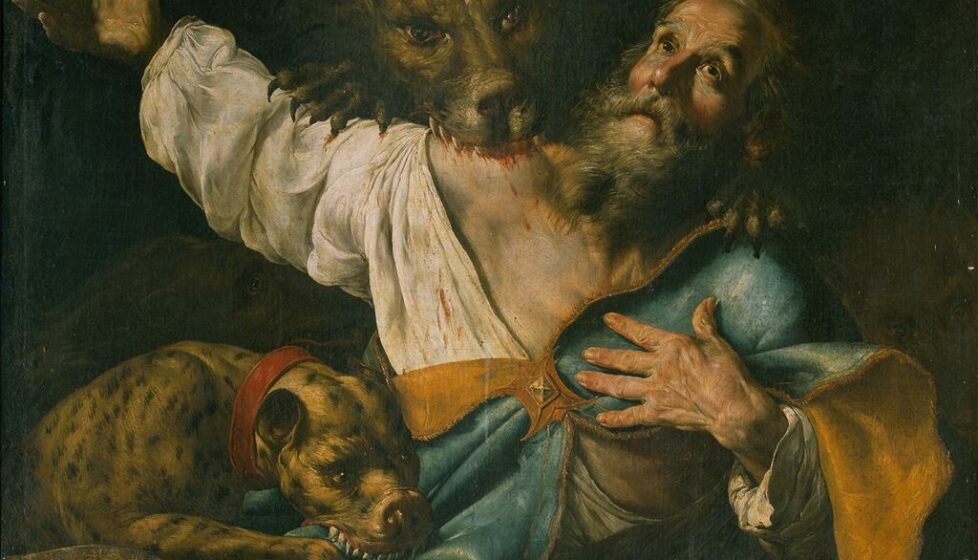Stories of Christian Martyrs: The Crusades
Europe

Perhaps Christendom’s greatest historical embarrassment, the Crusades, at the time were a brilliant strategic move by papal leaders to unite a warring Europe against heathen enemies threatening the Byzantine church. Not that Pope Urban II in Rome cared much about Constantinople or vice versa. Each part of the church had excommunicated the other in the Great Schism of 1054. But internal feuding needed alternative war games, and the call to defend the Holy Land and the Eastern Church against invading Turks presented a quite legitimate target for knights and lords otherwise bent on battling each other.
The First Crusade, led by Peter the Hermit in 1095, was a military
disaster. The same could be said for one of the last crusades—the Children’s Crusade of 1212—when hundreds of youngsters sailed from
Marseilles toward Palestine and fell into the hands of slave traders.
Between these, however, many great medieval reputations were made.
Richard the Lion-Hearted of England was one of many who led armies
to victory, his soldiers bearing the famous sign of the Red Cross. In 1099,
Jerusalem was taken. When Godfrey of Bouillon was offered the throne
of Jerusalem, he refused to wear a crown of gold in the city where his
Savior had once worn a crown of thorns. Instead, Godfrey took the title
“Defender of the Holy Sepulchre.”
But holding conquered territory was not so easy as winning it. Most
of Europe’s warriors returned home after winning the victory, leaving
the remainder vulnerable to counterattack. The great Muslim general
Saladin struck back in 1187, and a horrified Europe sent the third wave
of Crusaders in response. Richard defeated Saladin in 1191, and Pope
Innocent III, considered the greatest of the medieval papal leaders,
launched the Fourth Crusade. His commanders wanted first to control
Constantinople, so this Crusade became Christian against Christian.
Pope Innocent was powerless to stop it.

Events far from Christendom, however, led eventually to the exhaustion of military resources and the settlement of disputed territories. From
far away in Asia, Genghis Khan’s Mongols presented an unstoppable
military force, which fought against anyone and everyone with savage
success. The Khan’s tactic was total war, and refusal to submit to him
meant extermination.
The fall of Acre in 1291 is generally regarded as the end of the Crusades; the Mongols converted to Islam. A few small Christian settlements
remained, but on the Asian mainland Islam was triumphant. The Crusades had failed.
“But I say to you, Love your
enemies and pray for those who
persecute you….”
Matthew 5:44
This story is an excerpt from Foxe: Voices of the Martyrs. You can get your own copy free with any donation to The Voice of the Martyrs.

